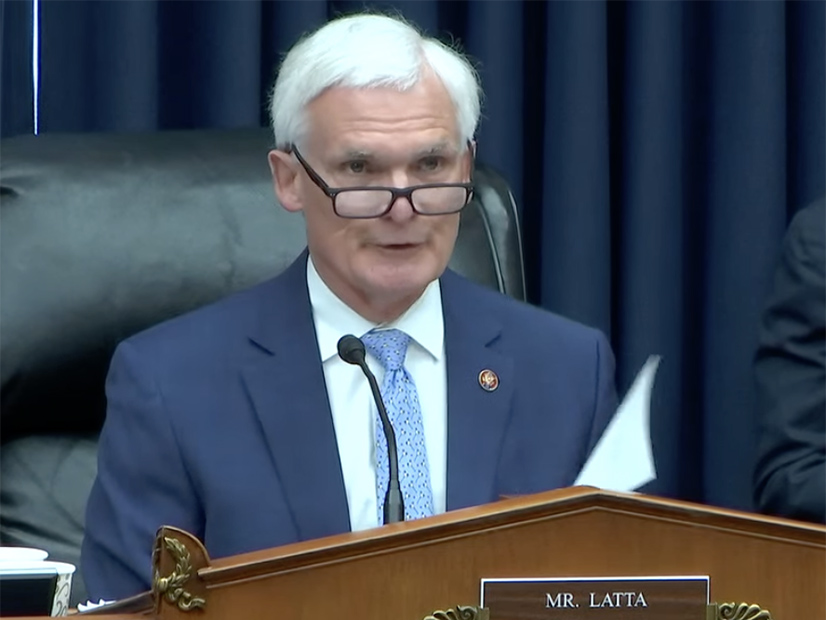
The House Energy and Commerce Subcommittee on Energy looked into how to meet demand growth in its first hearing of the new Congress on Feb. 5, which showed a clear partisan divide on how to meet it.
“In the last Congress, I asked every witness that appeared before us in this subcommittee the same question: Do we need more energy or less energy?” subcommittee Chair Bob Latta (R-Ohio) said. “And all of those witnesses all responded by saying we need more. The U.S. Energy Information Administration projects the United States will consume record amounts of electricity in 2025. The Department of Energy’s Berkeley Lab estimates that U.S. data center load growth, which already encompasses half the data centers in the world, is projected to double or triple by the year 2028.”
A reliable and affordable energy system involves building on policies from the Biden administration, Ranking Member Kathy Castor (D-Fla.) said.
“Nothing in [President Donald Trump’s] executive orders is designed to lower energy prices or help hard-working Americans,” Castor said. “Instead, across the board, the actions are a gift to big oil companies. They’re designed to boost their profits at the expense of working families across this country. It’s outlandish that the president declared an energy emergency at a time when the United States is producing more oil and gas than any country in history.”
While the two parties clash on many issues, Castor said that they share some interest in strengthening the electric grid, advanced nuclear power, critical minerals and battery recycling.
“We’re already producing record amounts of oil and gas. American manufacturing is booming thanks to the Inflation Reduction Act and the Infrastructure Investment and Jobs Act,” said Tyler O’Connor, partner at Crowell & Moring. “And our geopolitical adversaries like China and Russia are struggling to keep pace with American ingenuity and resolve. In other words, we have unleashed American energy, but there is still work to be done.”
Repealing those two laws, or withholding appropriated funds from projects that were supported by them, would serve to raise prices and be a blow to regulatory certainty, said O’Connor, who was the minority’s witness at the hearing.
Growing electric load requires more legislative action, with O’Connor asking the committee to consider what steps it can take to facilitate the permitting, planning and cost allocation of transmission lines. Supply chains for some critical components of the grid are still lagging, even years after the emergency conditions of the COVID-19 pandemic.
O’Connor also suggested that Congress ensure agencies that site energy projects, such as FERC, have their staffing levels maintained so they can get that work done.
“As I listen to both sides, believe it or not, I think there’s more consensus here than maybe we might think,” said Brigham McCown, senior fellow at the Hudson Institute. “We do need an approach that includes everything in our energy mix, and … the percentages of that mix will change over time as technology and innovation move forward.”
But how quickly the transition happens cannot be willed through congressional mandates, McCown argued.
“We have to be careful about how we change this mix, and we have to understand the reality of today is that fossil fuels are powering the future,” McCown said. “And if we want to reduce our carbon footprint, we should start by talking to the Chinese and the Indians.”
Working on technologies like carbon capture and storage and sustainable aviation fuel is critical to meeting the future’s energy needs, he added.


